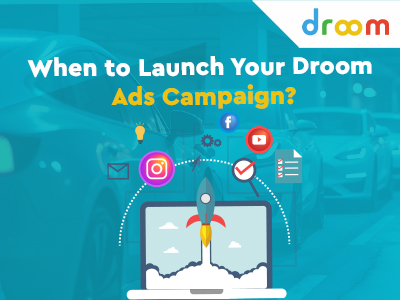Why Timing Matters in Automotive Advertising
- Auto buyers often plan purchases around festive seasons, financial year-ends, or launch cycles
- Offers given in high-demand seasons get more traction and lower cost-per-lead
- Advertising during low-intent phases means high spend, low conversions
The Best Time to Advertise: India’s Seasonal Auto Cycles
- Why it works: Vehicle buying is considered auspicious during Navratri, Dussehra, and Diwali
- Audience: High purchase intent, strong affinity for deals and offers
- Best for: Dealership inventory clearance, new model introductions, festive loan campaigns
- Why it works: Businesses use up budgets; salaried buyers plan major purchases
- Audience: Tax-conscious buyers, B2B fleet managers
- Best for: Commercial vehicles, fleet sales, finance offers
- Why it works: Travel plans increase interest in vehicles and rentals
- Audience: Families, tourists, corporate clients
- Best for: Car rental ads, SUV promotions, service plans
- Why it works: Dealerships push inventory in off-peak months
- Audience: Value-seeking buyers looking for good deals to lock
- Best for: Used cars, exchange offers, EMI holiday promotions
- Why it works: Buyers hunt for year-end discounts and older stock clearance
- Audience: Price-sensitive shoppers, corporates seeking fiscal advantages
- Best for: High-margin used inventory, EV clearance, service upsell
Crafting a Reliable Dealer Marketing Calendar
| Month | Primary Focus |
| January | New year sales, old stock promotions |
| February–March | FY-end loan schemes, commercial buyer targeting |
| April–June | Summer travel ads, rental fleet demand, SUV offers |
| July–August | Value promotions, pre-festive recall, and used car ads |
| September–October | Festive campaigns begin, booking surge |
| November | Conversion-heavy festive push, EMI plans |
| December | Year-end clearance, bonus-led campaigns |
Planning Your Ad Campaign Timing Strategy
- Awareness Phase (3-4 weeks before peak)
Start warming up. Use teaser videos, local legends, and subtle branding in order to create top-of-mind awareness. This phase is not about hard selling; it is about building recall. - Consideration Phase (10-14 days before the sale)
Transition into utility and comparative ads. Highlight financing opportunities, customer testimonials, price benefits, and model USPs. Incorporate interactivity in the form of OBV-associated price displays or lead-generation forms. - Conversion Phase (peak week)
Go full-force with banners, limited-time offers, test-drive calls-to-action, and conversion tracking. Employ scarcity with countdowns or limited stock messaging.
Droom Ads makes it all easier for you with done-for-you marketing, campaign controls, and real-time performance data. Whether you’re running a 10-day flash sale or a two-month product rollout, you can build your buyer funnel and time your ad campaigns to match the decision-making cycle.
Conclusion
The automobile industry teaches us that waiting for the “perfect” moment to experience a significant impact of ad campaigns. The optimal time for an ad campaign is set in stone; it is responsive. Factors like seasonality, shifting buyer behavior, regional trends, and the lifecycle of your inventory all shape when your audience is most likely to act. That’s why having a smart, data-backed ad campaign timing strategy is essential before launching on any online advertising platform, especially one as high-impact as Droom Ads.
Automotive-led approach, flexible campaign tools, and a high-intent audience make Droom Ads allow companies to advertise with precision. So whether forecasting in advance for Diwali deals or for year-end blitz, the best time to advertise on Droom is now, when demand and momentum collide.
